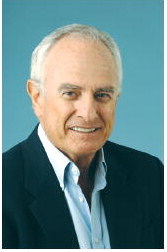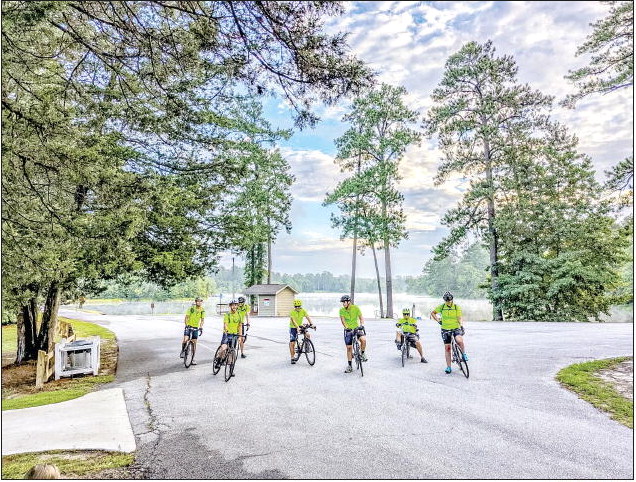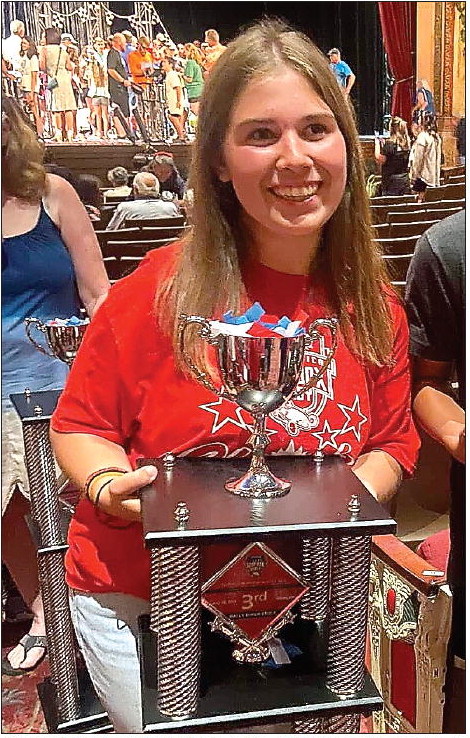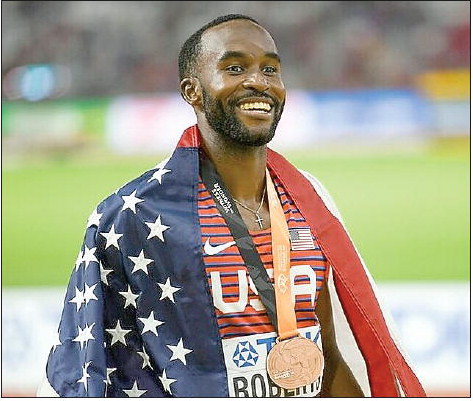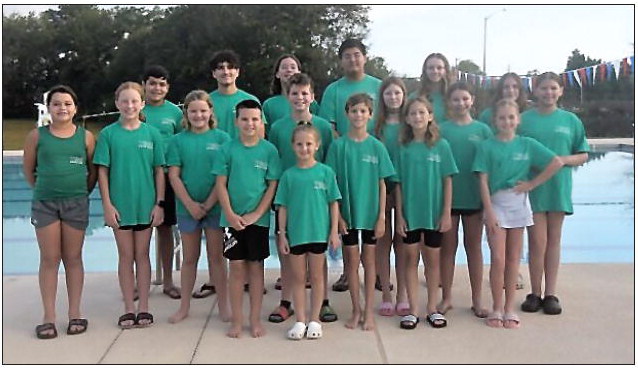Smith
Loran
Reflections About #1
This past weekend, I returned to Charlotte—with the most uplifting of memories. When I drove past the Bank America Stadium, suddenly there was a flashback to the Georgia- Clemson game on Labor Day, Sept. 4, 2021. I recalled how evenly matched the two teams seemed to be, but I almost shouted to the top of my voice when, in my mind’s eye, I could see No. 29, Chris Smith, cat quick, maneuver his body in front of the Clemson wide receiver to intercept D. J. Uiagalelei’s pass and sprint 74 yards to glory.
That sensational play, the only touchdown of this matchup of the No. 2 and No. 5 ranked teams, kick-started Georgia’s season. These “Dawgs” would ultimately reach their goal of winning the national championship.
Since winning it all, at Indianapolis, on Jan. 10, 2022, getting the New Year off to a glorious Red & Black start, the question has surfaced often about what it was like in Athens in 1980. Was there a parade? Was there a similar celebration?
The consensus out there is that there simply could not have been a greater outpouring of feeling and tribute than what took place in Athens six days after winning it all. The answer with regard to the ’80 celebration question is, “No,” but warrants a few disclaimers.
There is nobody living today who could speak to the high moment that took place on Oct. 12, 1929, when Georgia upset the scourge of the East, mighty Yale, 15-0. Even though it was during wartime, can you imagine the emotion of Georgia’s Rose Bowl victory in Pasadena Jan. 1, 1943? The little town of Athens was overwhelmed, according to ole timers whom I got to know from hanging around the late Dan Magill. That team, too, was national champions.
Even today, Georgia’s defeat of Oklahoma in the 2017 Rose Bowl, remains a cherished memory with many Bulldog partisans and will gather momentum with the passing of time.
In those good old days of the past, there was no social media. People were not as affluent. Television and the Internet did not dominate our world and lifestyle as it does today.
What comes through all this is that there is something special about the connection that the state university has with the people of this state. When he left for Arkansas, Bulldog offensive continued from page
line coach, Sam Pittman, noted that he was greatly impressed with how well the “Georgia people traveled.” He saw it at South Bend in 2017, he saw it at Pasadena in the playoffs later in the season, and he saw it everywhere the Bulldogs played on the road. It didn’t shock him when he learned about the near full stadium that gathered on Saturday, January 15, to pay tribute to Georgia’s latest championship team.
Not sure about updated figures but three or four years ago, I saw figures where Georgia’s external revenue—merchandizing, logo apparel and the like, ranked second in the country, second only to the University of Texas. UGA was significantly ahead of Alabama, even with the Tide’s recent championship success.
You travel the backroads of this state and you see the connection with the University of Georgia reflected everywhere on mail boxes in places like Leary, Ailey, Racepond, Pocataligo, Adrian, Suches, Hahira, Rising Fawn and Ball Ground. Wrightsville, too.
When Dan Magill organized the Bulldog Club network in 1954, he was able to organize a club in every one of Georgia’s 159 counties, which caused him to remind everybody that, “we are the majority party in this state.”
Whenever I am out on the PGA Tour these days, which is not as often as it once was, I frequently see Bulldog caps in the galleries. When one of Georgia’s many alumni professional’s posts a birdie on a hole or takes the lead in a tournament, you hear, “Go Dawgs,” almost as much as you do on a Saturday afternoon in Sanford Stadium.
What I like most of all are the young kids with Bulldog images on their cheeks and tee shirts and jerseys on grandmothers, listening to vintage Larry Munson calls.
Maybe Kirby has awakened a sleeping giant.



